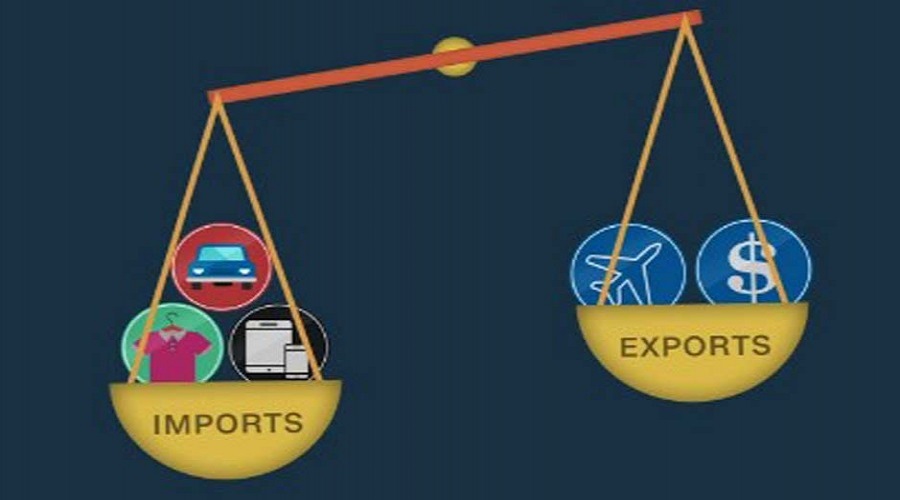KATHMANDU: Nepal faces a substantial economic challenge as export earnings for the first half of the current fiscal year lag significantly behind import expenses, painting a stark picture of the country’s trade imbalance.
The latest statistics unveiled by the Department of Customs (DoC) on Sunday reveal that Nepal’s export earnings amounted to just Rs 74.96 billion, merely one-tenth of its import expenses, which soared to Rs 768.16 billion from mid-July to mid-January.
The ratio of imports to exports stands at 10.25 percent, indicating that for every Re 1 earned through exports, Nepal spends Rs 10.25 on imports. This glaring discrepancy underscores the urgency for Nepal to address its trade deficit and explore strategies to boost export capabilities.
Despite the alarming import-export ratio, there is a silver lining in the form of a 2.62 percent reduction in the overall trade deficit during the review period.
This decline can be attributed to a notable fall in imports, although export earnings also experienced a dip of 7.23 percent. The first half of the fiscal year saw a trade deficit of Rs 693.19 billion, showcasing the delicate balance Nepal must strike to foster economic stability.
India continues to be a major player in Nepal’s trade dynamics, with a trade deficit of Rs 424.44 billion in the review period. The country imported goods worth Rs 474.89 billion from India, while its exports to its southern neighbor amounted to only Rs 50.44 billion. Other nations contributing to Nepal’s trade deficit include China, the United Arab Emirates, Ukraine, and Malaysia.
The largest trade imbalances were recorded with China, with a deficit of Rs 145.79 billion, followed by Rs 12.26 billion with the UAE, Rs 9.96 billion with Ukraine, and Rs 8.60 billion with Malaysia. However, a positive trade balance of Rs 703.6 million was noted with the USA during the same period.
The import pattern during this fiscal year indicates that Nepal’s largest spending was on petroleum products, reflecting the country’s heavy reliance on imported energy resources. Diesel imports amounted to Rs 66.49 billion, petrol to Rs 33.91 billion, and cooking gas to Rs 25.45 billion.
Amid the challenges, there is a notable success story in the export sector. The export of cement and cement clinkers witnessed a substantial increase, totaling Rs 1.76 billion during mid-July and mid-January.
This figure surpasses the entire export value for the last fiscal year, which stood at Rs 779.3 million in 2022/23. This surge in cement exports signals a potential avenue for Nepal to diversify its export portfolio and reduce its reliance on traditional imports.
As Nepal grapples with these economic dynamics, policymakers and stakeholders will need to strategize and implement measures to bridge the trade gap, stimulate export growth, and ensure long-term economic sustainability.

